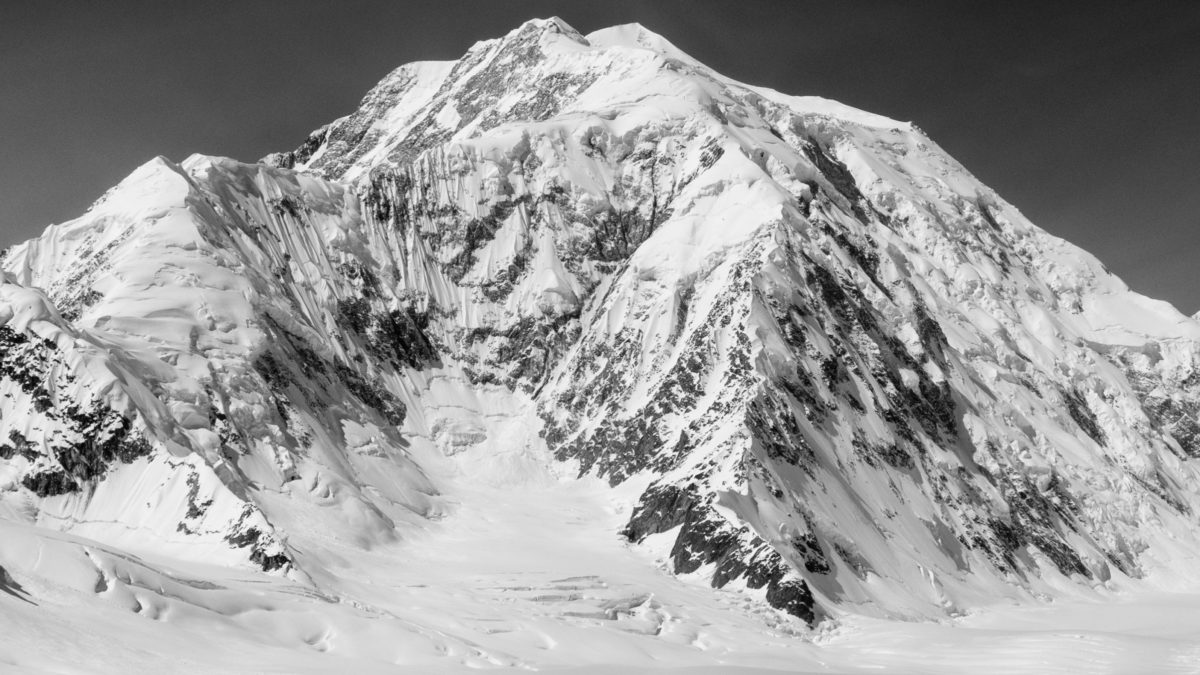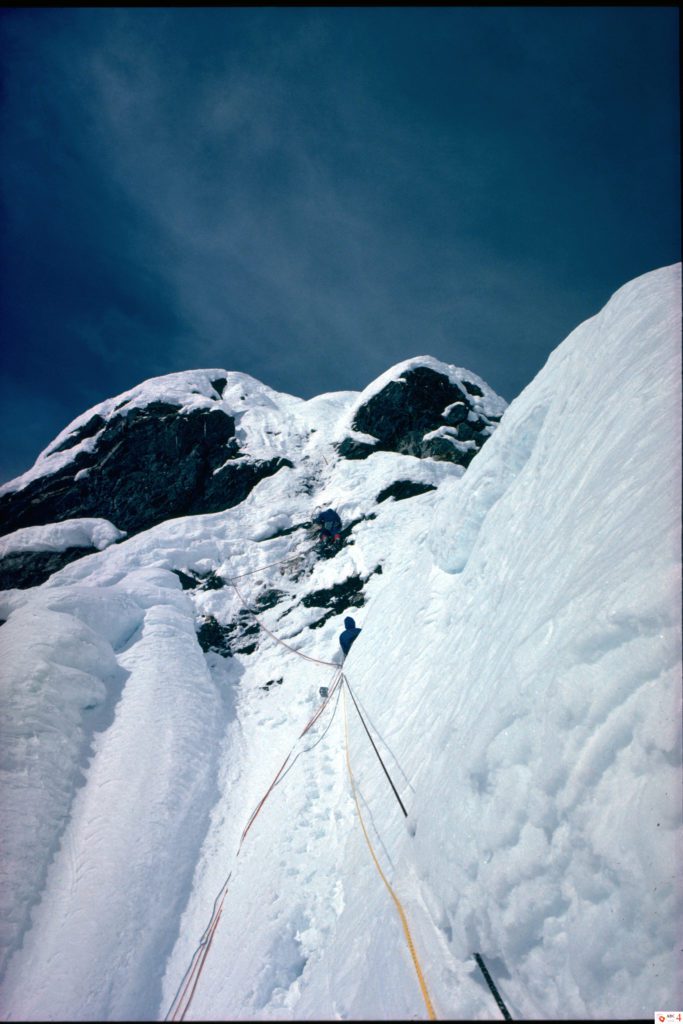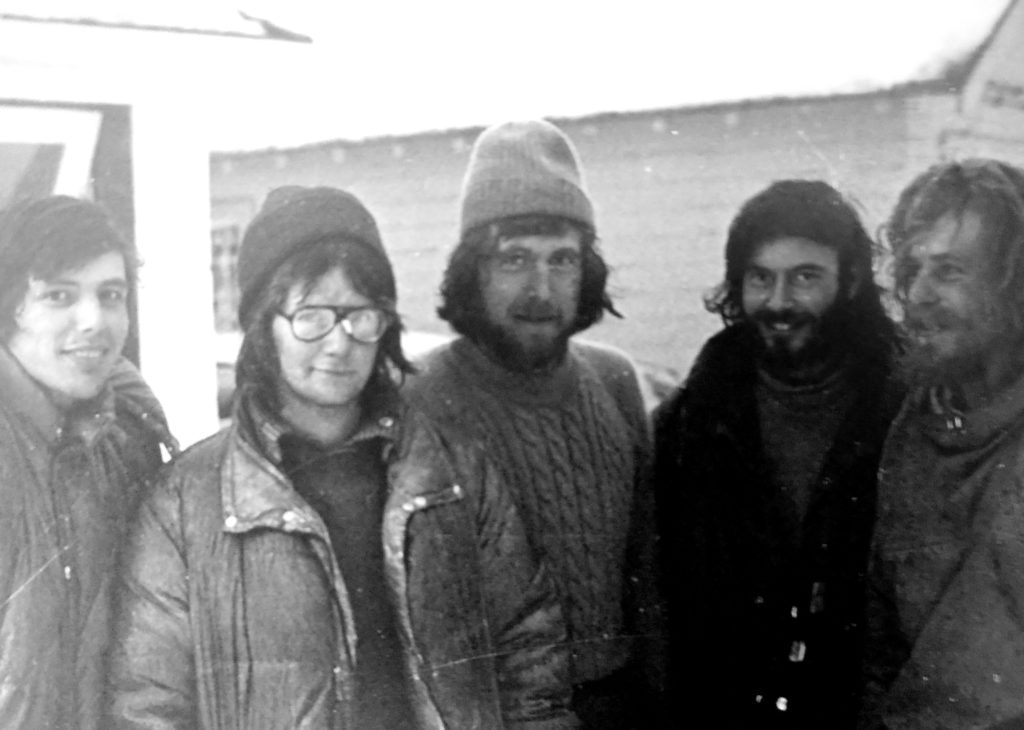John Lauchlan Award 2021: Get Cash to Climb in Canada
The Rockies-based award will be supporting expeditions focused on ascents in Canada
 Photo by: Bryce Brown @brycebrownimages of Mount Logan
Photo by: Bryce Brown @brycebrownimages of Mount Logan
The 2021 John Lauchlan Memorial Award (JLA) will focus on Canada-based climbing. Applications are due on or before Dec. 31, 2020.
This year, instead of funding one or two international trips, the 2021 JLA will focus on Canadian climbing.

The JLA said in a press release: “The John Lauchlan Memorial Award acknowledges that we all live and climb on the traditional ancestral lands of Canada’s First Nations people.”
Since 1997, the John Lauchlan Memorial Award has assisted Canadian mountaineers and explorers with cash to lead cutting-edge trips and expeditions all around the world. From the beginning, the award aimed to promote the development of Canadian mountaineers at an international level and to perpetuate the bold and adventurous spirit exemplified in John Lauchlan’s mountain exploits.
The John Lauchlan Memorial award will continue to promote mountain experiences that challenge the human spirit.
However, for 2021, the JLA is Celebrating Canada: the objective must be on Canadian soil.
Additionally, all 2021 proposals must show Respect in Uncertain Times: the climb and associated travel must abide by federal, provincial and local health laws/recommendations. Remote communities and individuals can not be put at Covid-19 risk due to the expedition.
This is an opportunity to have your climbing projects fully, or mostly, funded simply by applying. The JLA encourages climbers from all across Canada to apply.
If you have a big mountain objective that focuses on technical climbing, you want to apply for this award! And, if you’re looking at throwing yourself at that big wall up the valley, tell us why it’s bold and adventurous–how will your project challenge your skill and develop your climbing?
Explore your home in 2021 and celebrate Canada, apply for the JLA.
For more information on selection criteria visit here and click on How to Apply. The JLA also welcomes questions via email: jla@alpineclubofcanada.ca.

History of Award
The first award was given in 1997 to Sean Isaac and the late Guy Edwards for their trip to Towers de Paine in Patagonia; and to Tim Pochay and Grant Statham for their trip to Kitchatna Spires in Alaska.
Since then, dozens of Canadians have recieved the award, including Katie Holm in 2005 (now co-owner of Climb On in Squamish), Jon Walsh, Sean Easton, Jia Condon, Ian Welsted, Raphael Slawinski, Paul McSorley, Steve Holeczi, Eamon Walsh, Jen Olson, Lilla Molnar, Joshua Lavigne, Simon Meis, the late Anna Smith, the late Carlye Norman, Jason Kruk, Chris Atkinson, Kris Irwin, Max Fischer, Tim Banfield, Quentin Roberts and many more.
Trips that were supported include to: Karakoram, Alaska, Patagonia, Peru, Himalayas, Greenland, Baffin Island and more.

2021
Who should apply? Anyone living in Canada with a climbing objective who has experience on that sort of terrain.
Where should you apply to? There are dozens of areas in Canada where you could visit in 2021. Baffin Island and Yukon have countless unclimbed peaks and alpine objectives. There are big walls along the East Coast of Canada and up into the Torngat Mountains. Interior B.C. and the Coast Mountains have a number of unclimbed objectives, as does the Rockies.
Who should you apply with? Be sure everyone on your team has some experience with the type of terrain your applying to visit: alpine, big wall, ice. It pays to have accomplished a few goals with your team.
How is an objective chosen by the board? The application matters, from having your budget dialled in terms of travel, food and gear. Include your experience and that of your team. Photos and maps of your objective and its history go a long way. Be professional about it. The timing of your visit should align with the area’s best conditions for climbing and you should have a plan-b.
Need advice or help with your application? Reach out to brandon at gripped dot com.
John Lauchlan
The following biography was compiled from a variety of sources including an obituary published in Explore Magazine in April 1982.
John Lauchlan was born in Winnipeg, Manitoba on Sept. 12, 1954. The Lauchlan family settled in Calgary in 1966 after living in both Edmonton and Saskatoon.
John attended Henry Wise Wood High School where art and music were a big part of his life. In this time he discovered mountain climbing, a passion that would soon dominate all his activities. When he graduated from high school in 1972, “…the direction of his life was well established. It would be climbing first and all other things as they fit.”
In the 10 years after high school, John was to become the undisputed leader of the mountaineering community. His climbs became more bold and he brought new meaning to the words possible and impossible. His intensity and commitment were incomparable to any Canadian climber before him.
John was a pioneer in setting new standards both nationally and internationally. In 1978, he made the first winter ascent of the 1,300-metre North Face of Mt Kitchener in Jasper National Park with Jim Elzinga. One year later, John and three others made a 16-day alpine-style ascent of the highly prized and unclimbed 3,000-metre southwest buttress of Mount Logan 5,959 m, Canada’s highest mountain.

In the summer of 1980, with Dwayne Congdon, he represented Canada at the Rassemblement International, a bi-annual event held in Chamonix, France, that attracts two of the best climbers from each country. John and Dwayne succeeded in making the third ascent of the MacIntyre/Coulton Route on the Grande Jorasses, a route that had defeated many of Europe’s top alpinists. John went on to climb the North Face of Les Droites and to solo the Gabbaroux Couloir on Mt Blanc.
In Canada, ice climbing was one of John’s main interests and he led the movement towards new routes and bolder styles. His list of first ascents includes Takakkaw Falls, Pilsner Pillar, Slipstream and Nemesis (the first free ascent).
In spring 1980, John led a four-man expedition to Nepal to establish a very technical new route on the south face of Ganga Purna, a 7,454-metre peak in the Annapurna area. This was a landmark ascent and to this day, ranks as one of the most difficult climbs Canadians have done in the Himalayas.
Climbing was not just a sport for John, it was his way of living life to the fullest; it provided a sense of understanding and a coming to terms with himself. He was constantly testing himself, pushing a little harder on the fine edge that seperates success from failure. Each time he came closer to realizing his full potential.
John was not only a world-class climber, he was a leader and a pioneer of new ideas. He was instumental in what would evolve into today’s Mountain Equipment Coop and he also helped developYamnuska Inc., now Canada’s largest mountain school.
John inspired everyone he met. He was a teacher, a climber and a leader of his generation. His death in an avalanche in the winter of 1982 left an incredible void in the Canadian climbing community. But in his lifetime he created a legend and he gave every climber a fearless example of what they can become. This, perhaps, was his greatest gift of all.



